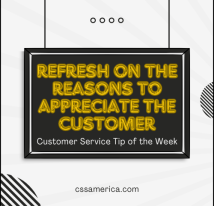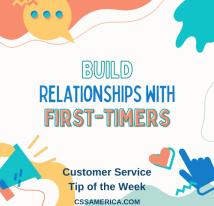
The “Voice of the Customer” is an often-heard phrase. We have a sports research program called the “Voice of the Fan.” These are ways of describing that organizations either need to simply listen to their customers, or they need to have a 12-month strategy for tapping into customer feedback and input to continuously improve.
But what about the employee? Do they have a voice, and what is the voice saying? Most companies realize that asking the customer is the best way of obtaining the “Voice of the Customer.” But few realize that asking employees is the second best way of learning the “Voice of the Customer.”
Employees – particularly those on the front line, are the ones engaged with the customers many times daily. Employees hear the complaints, the confusion, and the questions. Employees hear what make customers say “thanks” and what makes customers frustrated. Ask your employees about your customers – it’s the best customer research money you’ll NEVER spend!
Don’t stop there. Apply your “Voice of the Customer” strategy and principles into creating a Service Culture. Your organization hires employees, but does it ask them why they chose your organization and what expectations they have about the employee experience? Your company “onboards” employees, but does it have 1 week, 1 month, and 90 day check-ins with new hires to gauge whether those expectations are being met and how they’re feeling about their job and your organization?
Think about your employee vets. Are the longer-term staff asked about processes and policies that are barriers to the great customer experience? Are veteran employees asked about the current climate, training needs, or potential system changes (BEFORE they’re implemented)? Is there documented information on how proud they are to work for the organization and how engaged they are in the company’s mission and vision?
We love conducting customer research for our clients, but in your effort to provide a great experience for your external customers, don’t forget your internal customers.
Listen to the Voice of the Employee.
Signup for FREE Tips! Contact Us More Resources for You Visit Our Home Page























